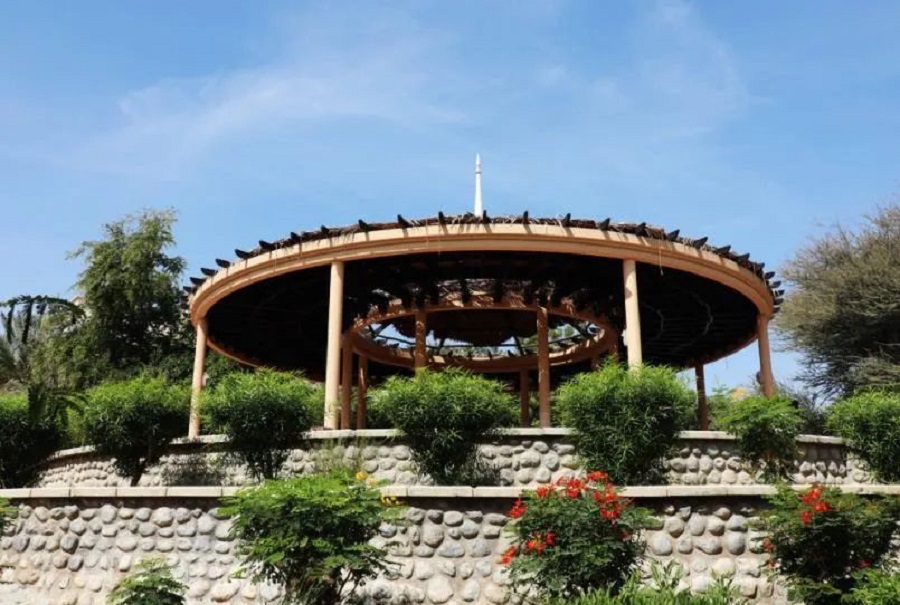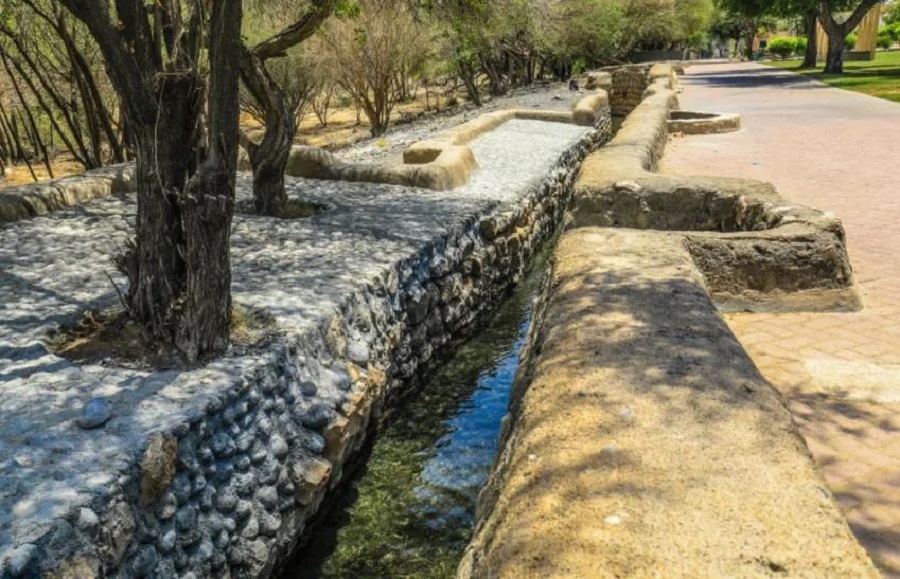Nizwa, the ancient city of the Sultanate of Oman, is the capital of Oman. It is 580 meters above sea level on the grassland at the southwest foot of Jebelat Akildar, about 130 kilometers west of Mascat. The land around Nizwa is relatively fertile, and there are many springs. Oman's largest "Faraj" (Faraj/underground canal) meanders down the Green Mountain for tens of kilometers. Through the underground canal, it flows to Nizwa, and then the sub canals crisscross, providing a rich water source for the development of agricultural and sideline industries and the life of residents. Because Nizwa has dense date palm forests, vegetable fields, farmland and orchards. At the same time, Nizwa is also a city with a large population in Oman, and has a developed manufacturing industry of traditional gold and silver articles. The waist knife, coffee pot and various gold and silver ornaments produced by Nizwa enjoy a high reputation.
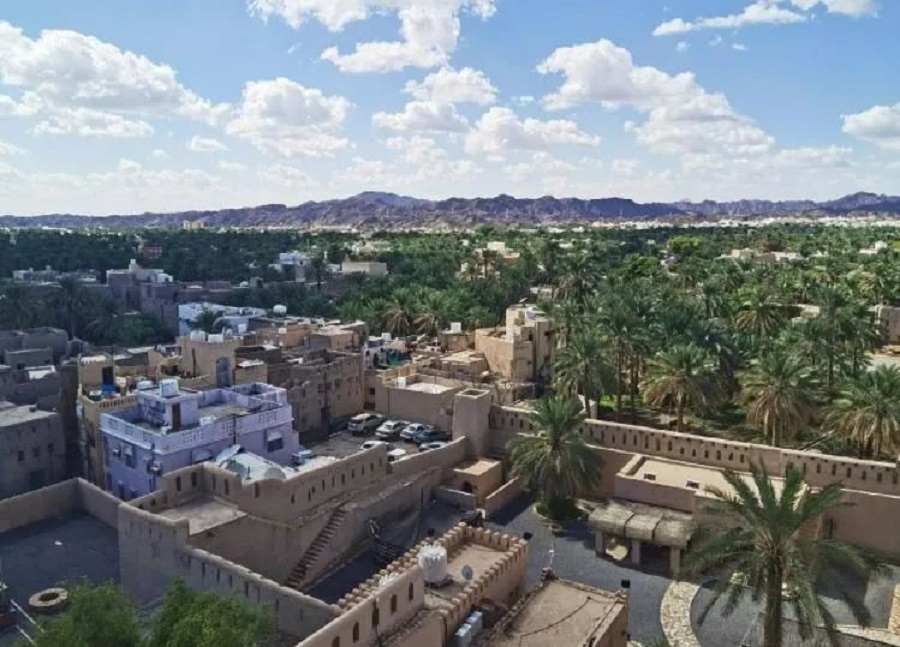
Nizwa Castle, built in 1668, is the most famous historical building in the city. Inside the castle is now a museum, with various dark rooms, rooms and battlements. It is also one of the oldest and largest castles in Oman. Here we can see the glory in Oman's history.
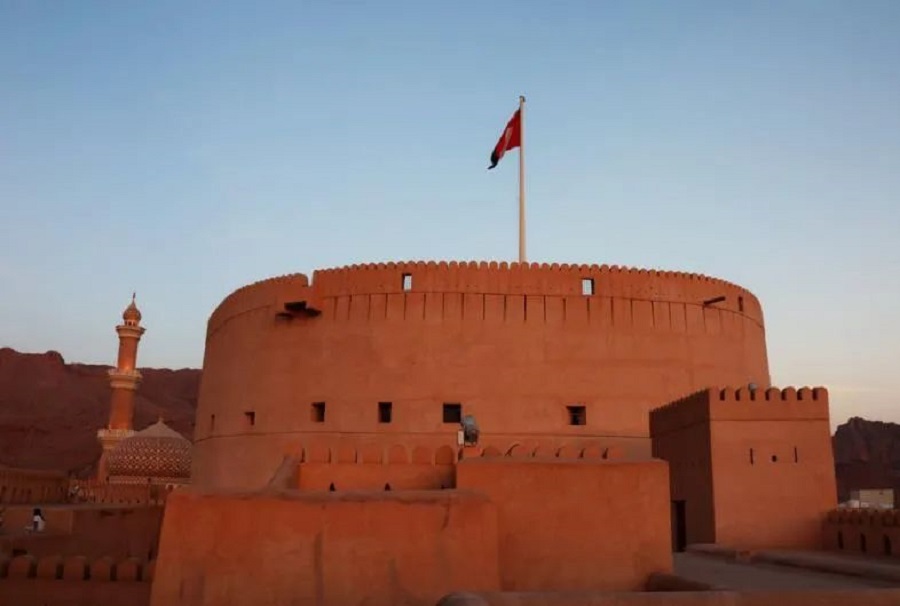
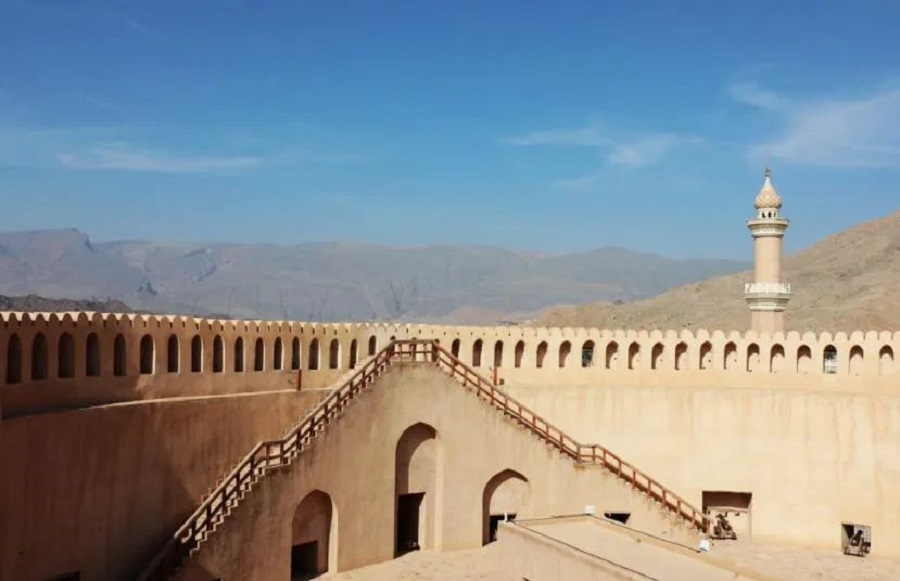

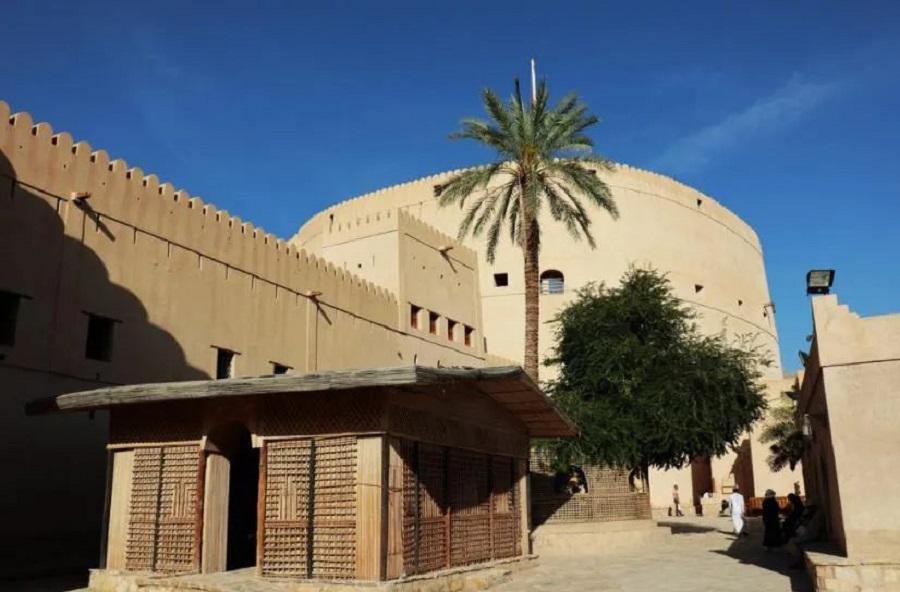
Nizwa Bazaar is located in the center of the old city, just opposite the castle. In addition to many handicrafts, there is also a fruit bazaar, which opens only in the morning and afternoon.
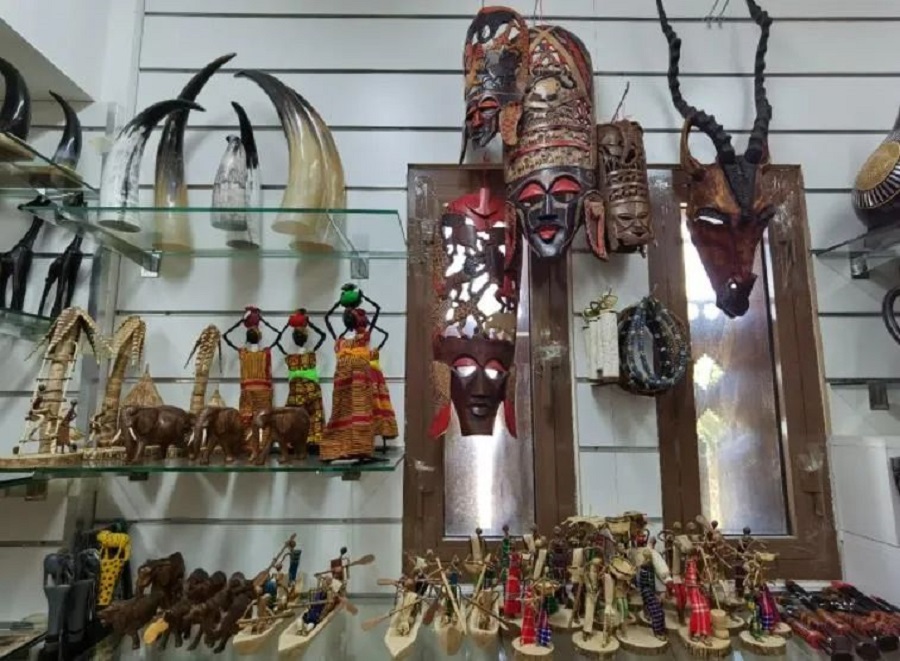
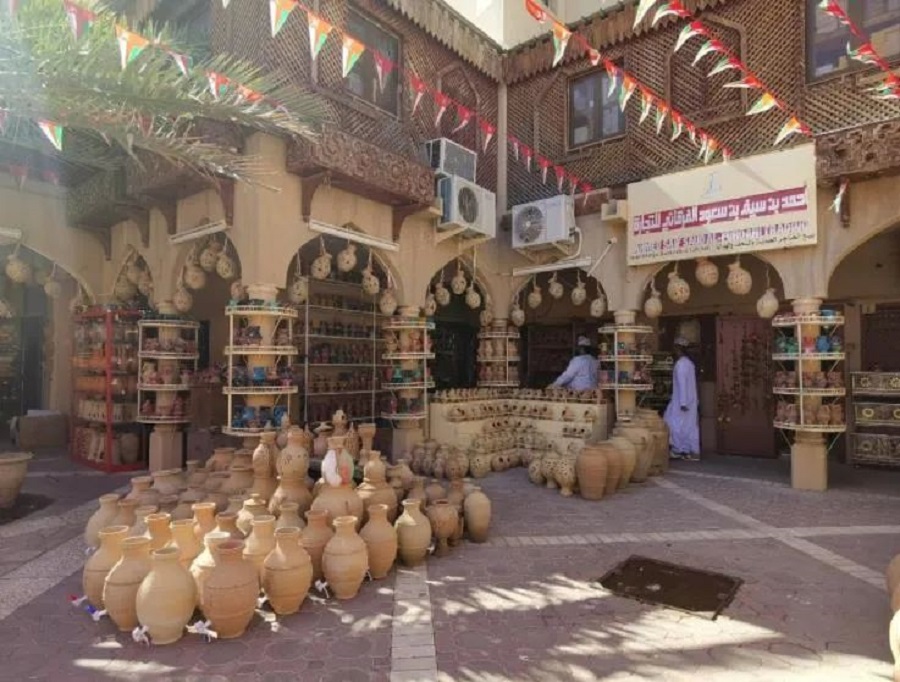
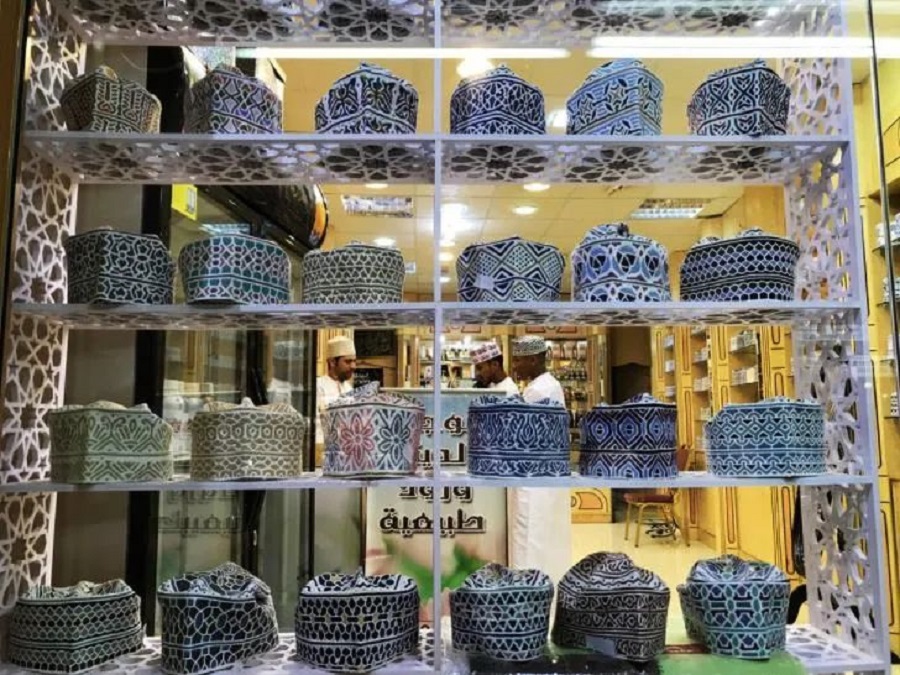
Built in the 13th and 14th centuries, Bahra Castle is one of the four most famous historical castles in Oman. It is more than 40 kilometers away from Nizwa and is a world cultural heritage.
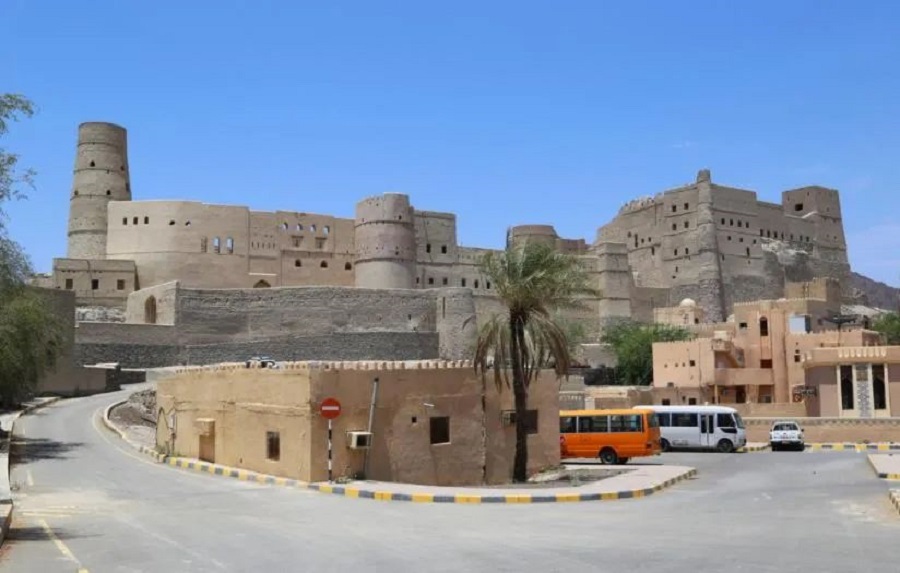
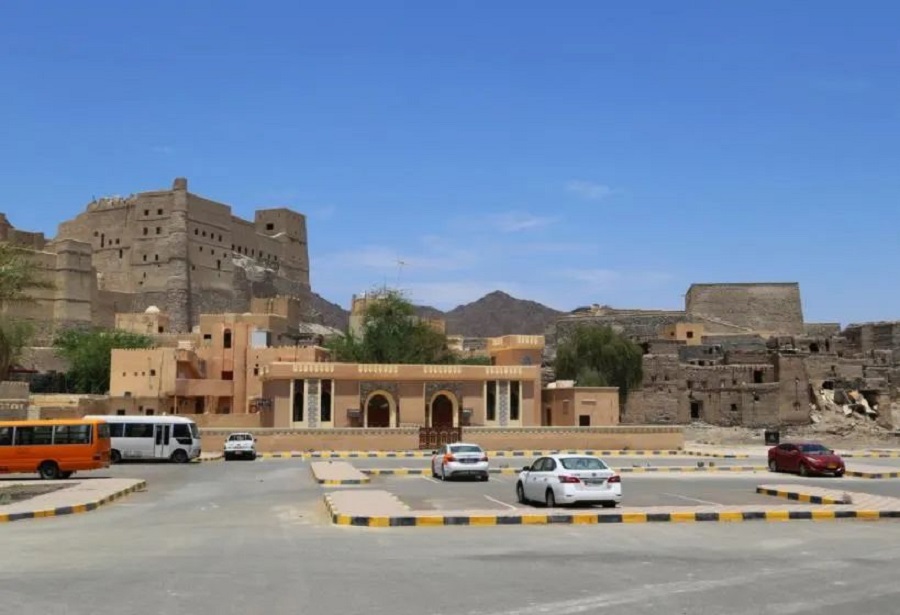

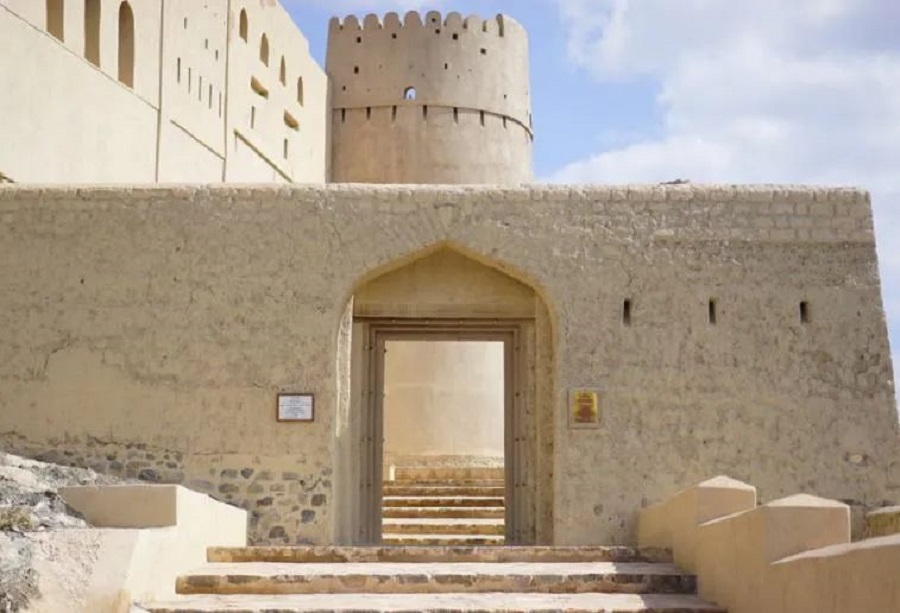
Falaj Daris is an irrigation facility listed in the World Cultural Heritage, including a canal that has been in operation for more than 500 years, similar to the Karez structure in China. Although it looks inconspicuous, it still plays an irrigation role.
